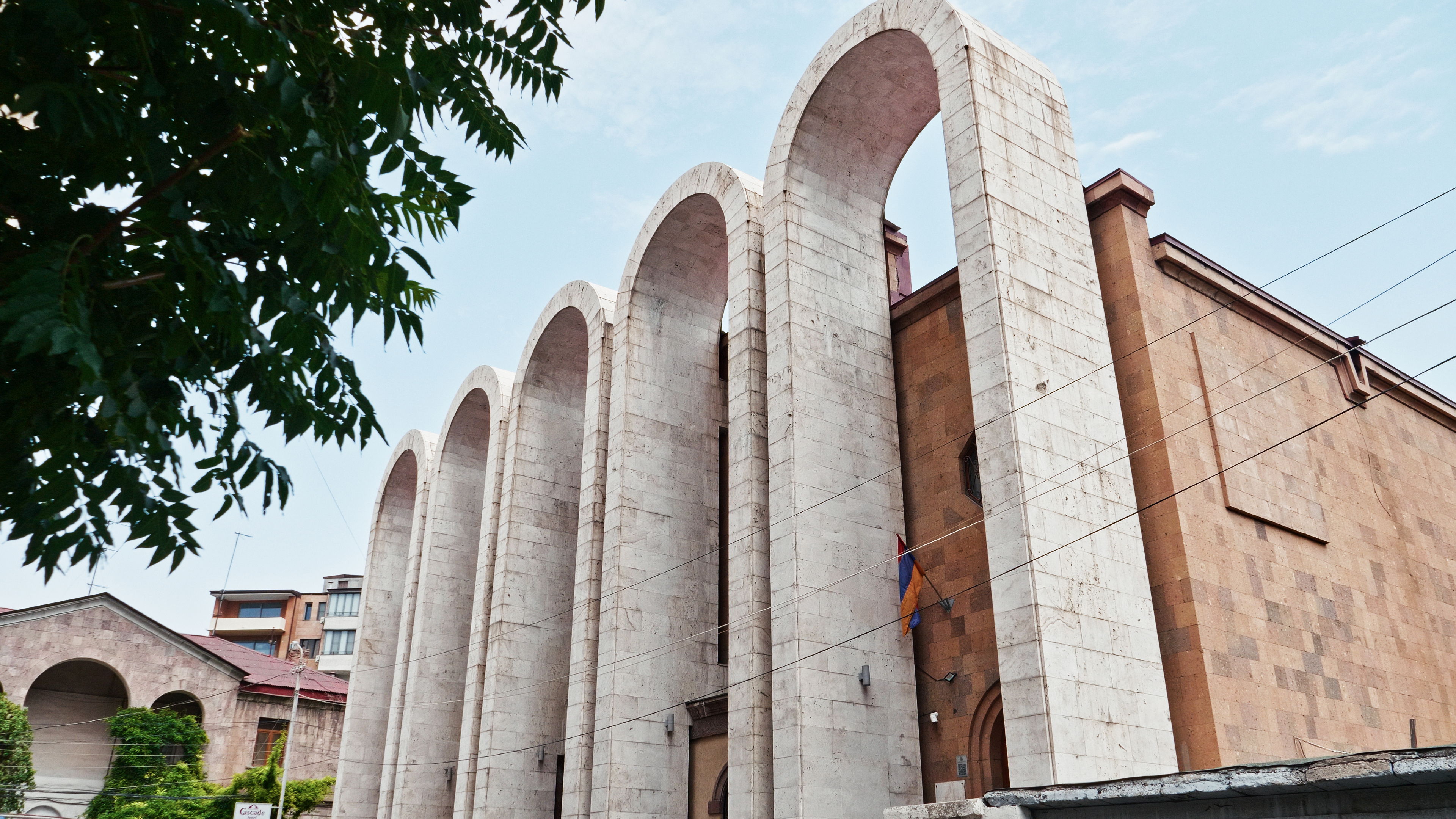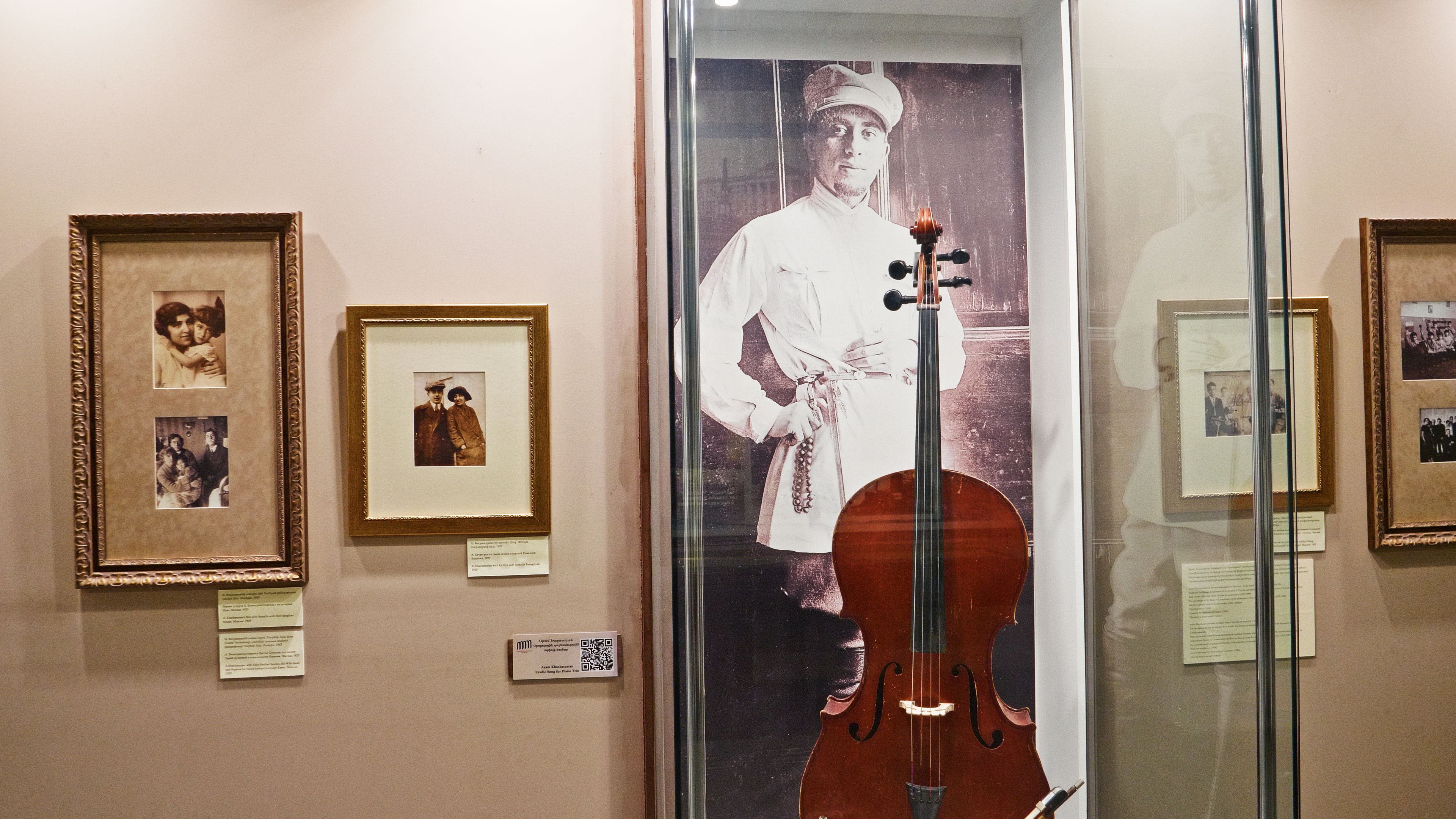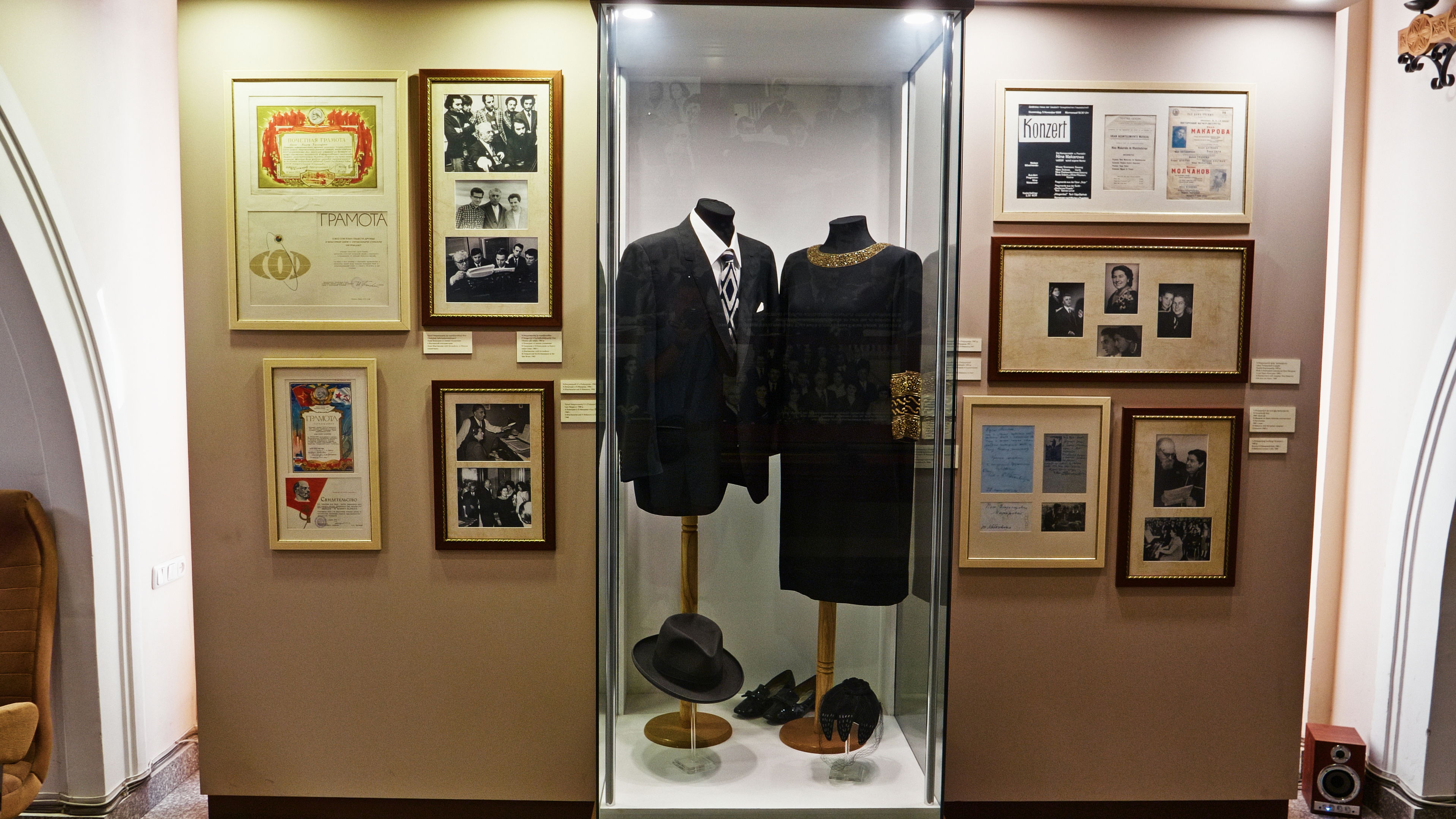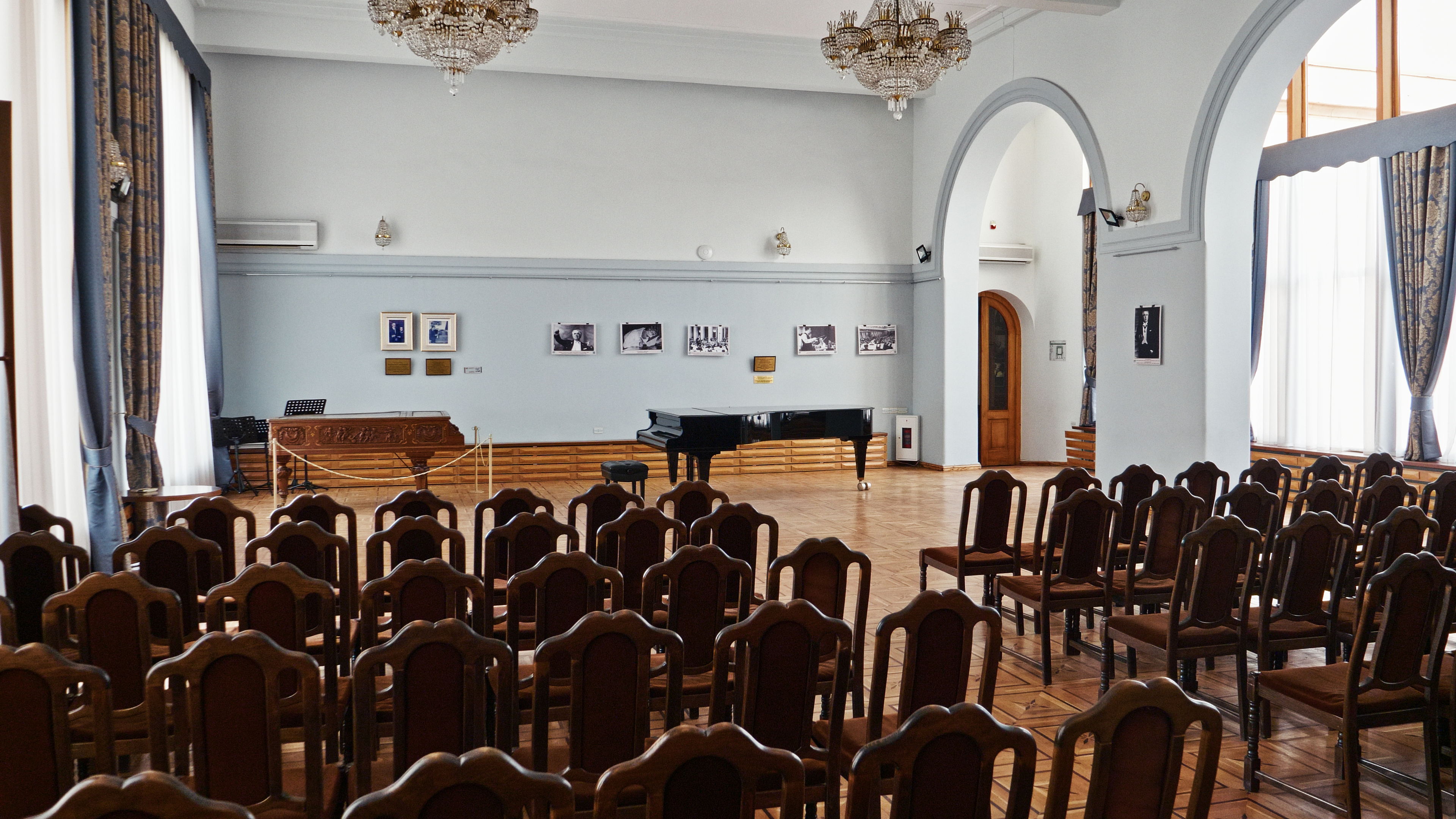Aram Khachaturian, house museum
In the heart of the Caucasus, a land rich with history and vibrant culture, a musical titan was born. His name was Aram Khachaturian, a composer whose work would not only define a generation but also carry the soul of Armenia to the world.Born in 1903 in Tbilisi, Georgia, to a poor Armenian family, Aram Khachaturian's journey to musical greatness was far from conventional. He discovered his passion for music in the streets of his bustling hometown, surrounded by the melodies of folk singers and the rhythms of local dances. But it wasn't until he was 19, when he moved to Moscow, that he received formal musical training. Despite starting late, his immense talent and dedication saw him rise quickly, studying under some of the most renowned composers of the era.

Khachaturian's music is a powerful synthesis of two worlds: the academic rigor of classical composition and the earthy, passionate energy of Armenian and Caucasian folk music. His works are a tapestry of vivid melodies, complex rhythms, and brilliant orchestration that reflect his deep connection to his heritage. He gave us masterpieces that have become cornerstones of the 20th century classical repertoire, including his iconic ballets, "Gayane" and "Spartacus." The electrifying "Sabre Dance" from "Gayane" is perhaps his most famous piece, a whirlwind of sound that has captivated audiences around the globe and been used in countless films and television shows.

Beyond his ballets, Khachaturian's legacy is vast. His concertos for violin, cello, and piano are celebrated for their virtuosity and emotional depth. He was also a prolific composer of film scores and incidental music for plays, including the beloved suite for Lermontov's play, "Masquerade."Today, in the capital city of Yerevan, Armenia, the memory of this great composer is preserved and celebrated at the Aram Khachaturian House-Museum. Located in a mansion where the composer often stayed during his visits to Yerevan, the museum is more than just a collection of artifacts; it's a living tribute to his life and work.

Here, surrounded by the composer's personal belongings—his piano, his conductor's baton, his tailcoat—visitors can step into his world. The museum houses a rich collection of letters, manuscripts, photographs, and other documents that tell the story of his professional and personal life. The building itself is a work of art, with a facade framed by arches resembling tuning forks. Inside, a beautiful concert hall with perfect acoustics hosts regular musical evenings, keeping his melodies alive. The museum also features a sound library, where one can listen to his masterpieces and other works of classical music, ensuring that his legacy continues to inspire new generations of artists and music lovers.The Aram Khachaturian House-Museum stands as a testament to the enduring power of his music and his profound contribution to both Armenian and world culture. It is a place where the echo of a great artist's genius can still be heard, a place where his soul, woven into every note and every rhythm, lives on.


